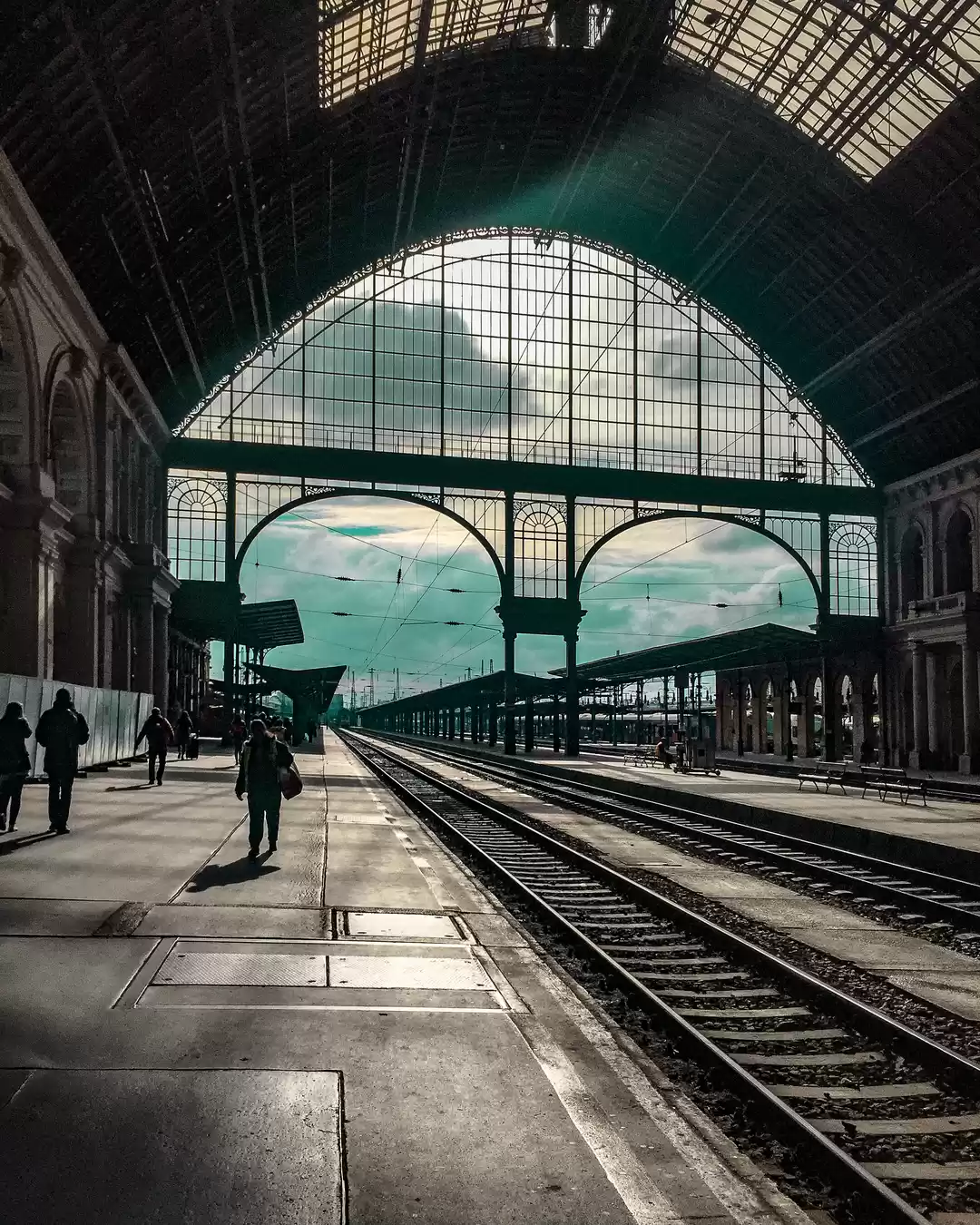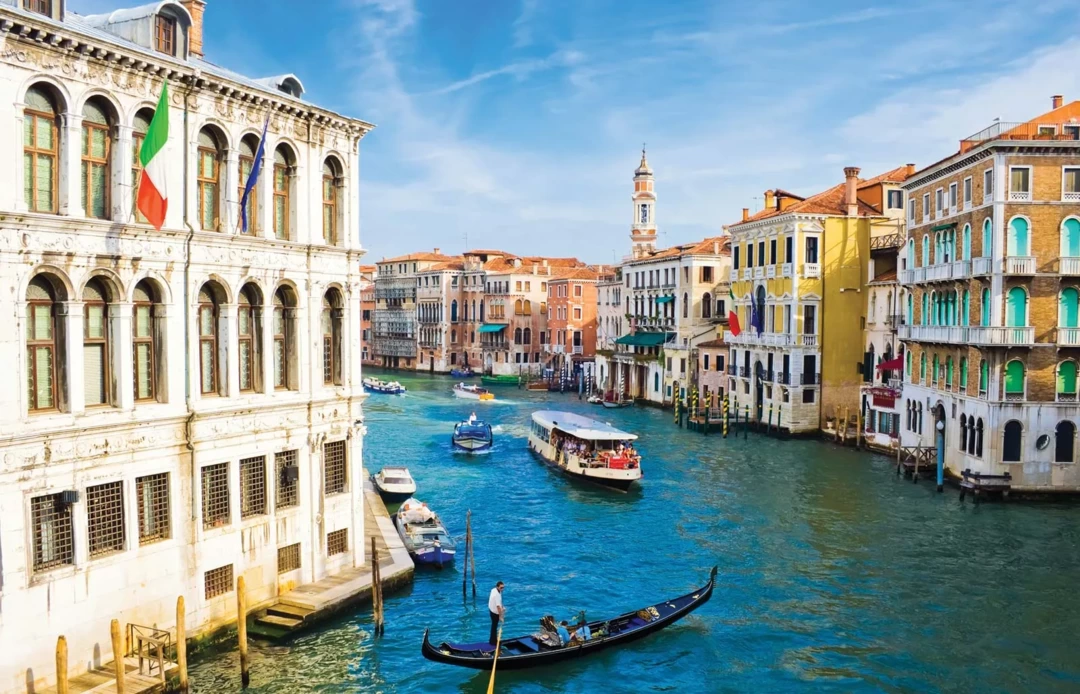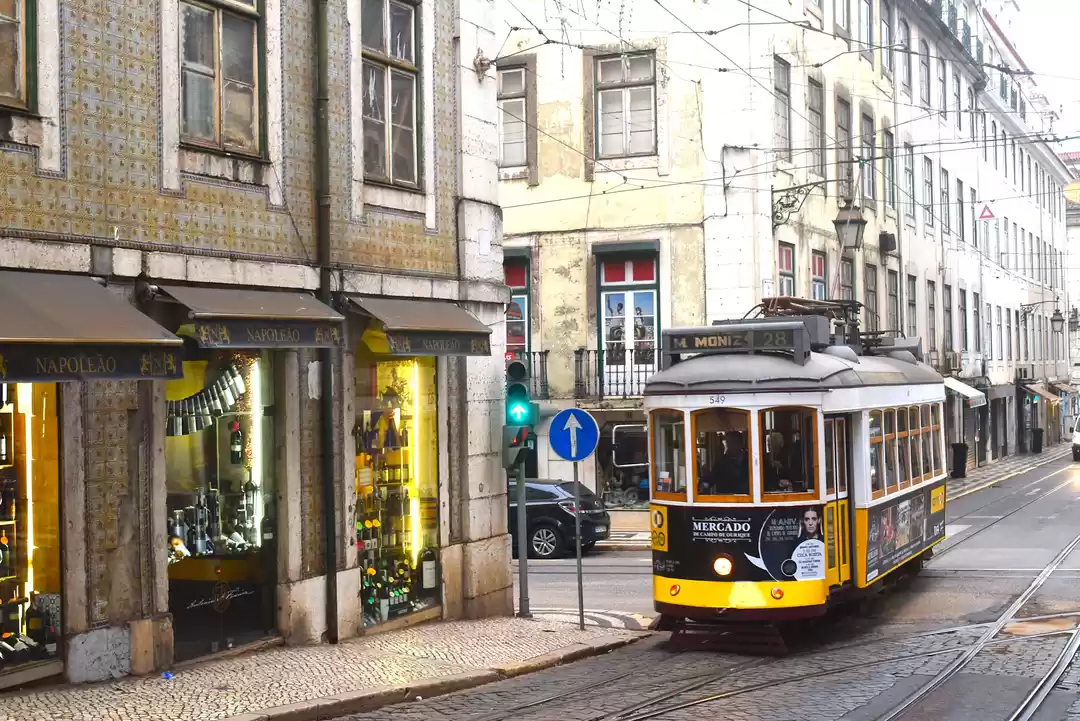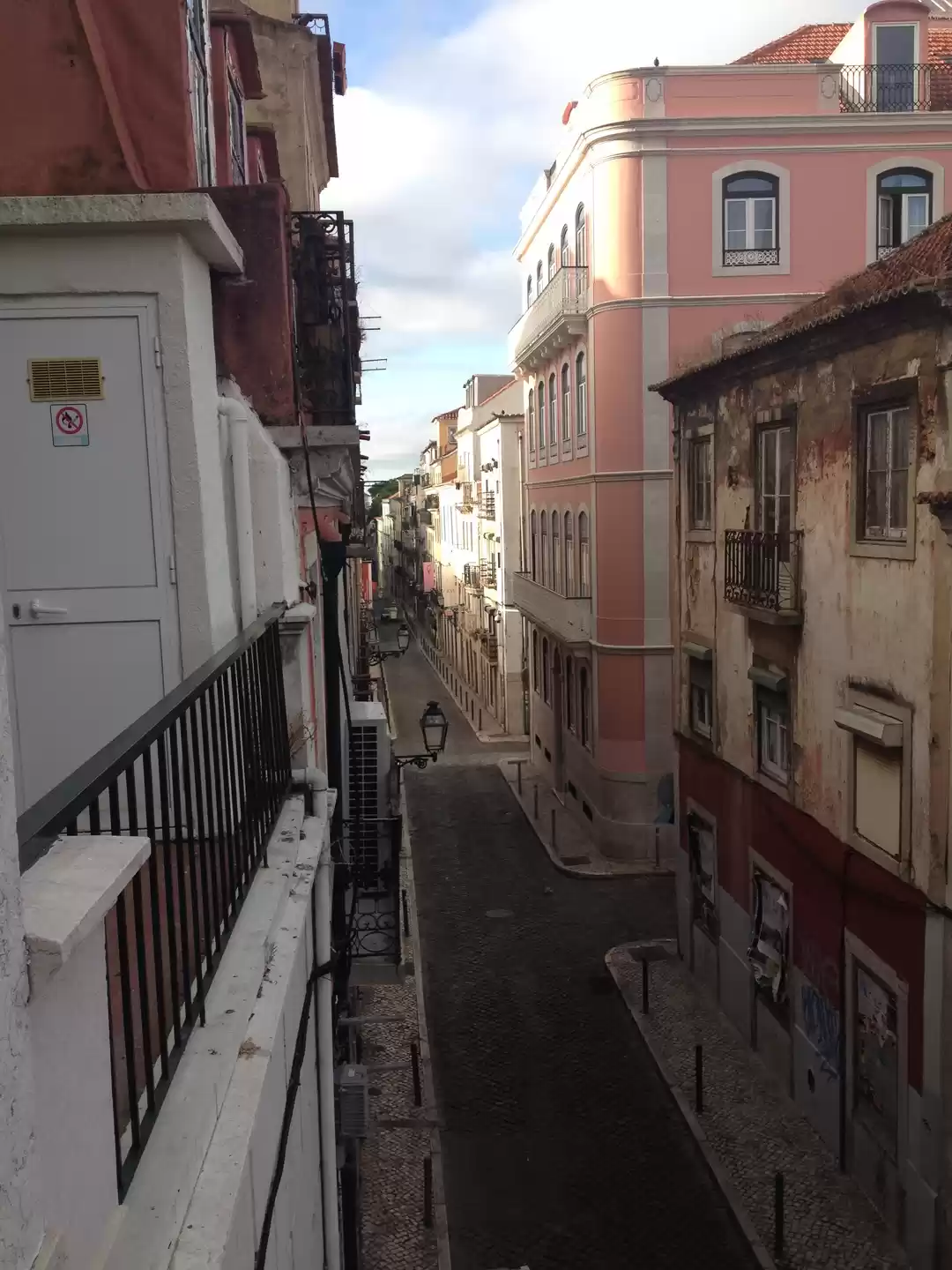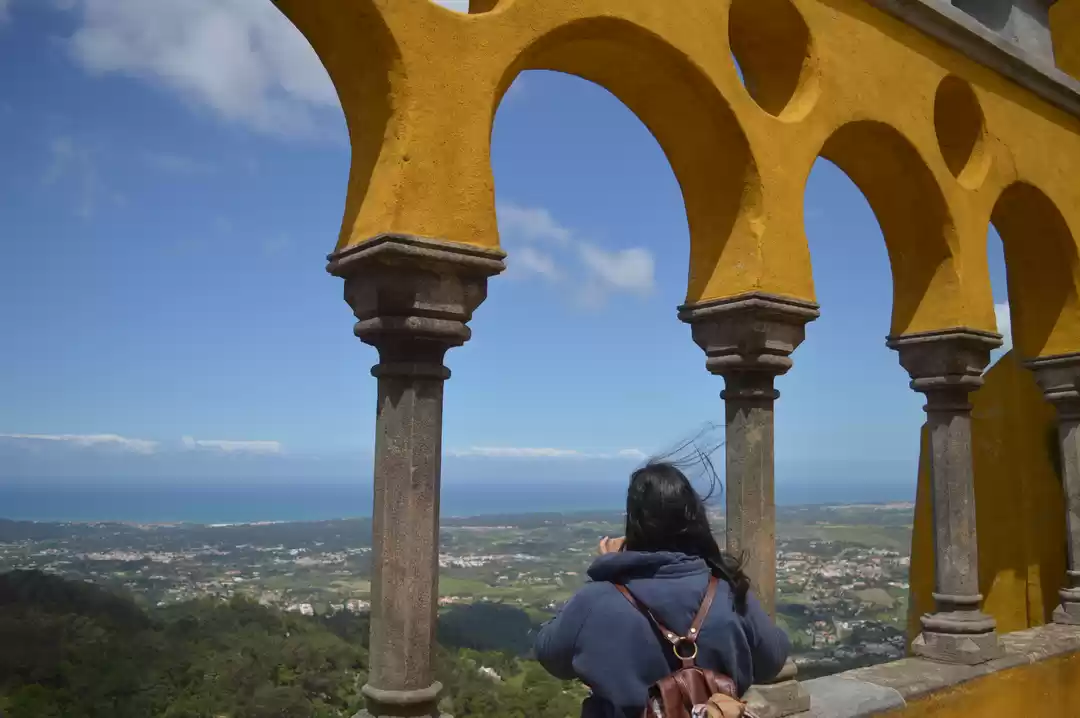After Athens, Lisbon is Europe's capital city with the longest history. And that's saying a lot given the region's history!
The Romans, Germans, and Arabs occupied Lisbon until 1147, when it was captured by Portuguese crusaders.
You may discover more about the city's history and even see maps from before the 1755 earthquake, which destroyed most of the city, at the Lisbon Museum (Museu de Lisboa).
However, for so long that Lisbon has been an economic, political, and cultural center, it has never been properly acknowledged as Portugal's capital city! It's just become that way through default and tradition.
Vehicle rental firm Cars-scanner provides the option to hire a car in Lisbon at a low cost. Rent a vehicle in Lisbon for easy travel across the nation.
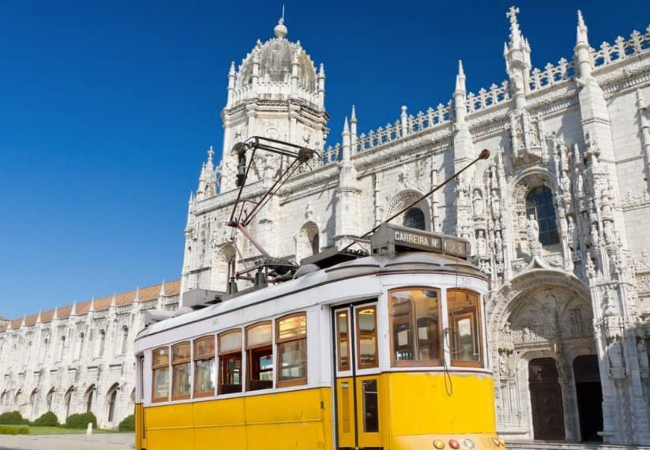
Take the tram on the 28th line.
One of the major reasons travelers come to Lisbon is to view famous images of its number 28 yellow tram moving through the city's narrow streets. There are various trams that run around the city, including tourist trams.
The traditional number 28 costs roughly €3.00 per passenger and runs from around 6 a.m. to 9 p.m. A ticket may be bought directly from the driver or via an onboard machine. Alfama to Praça do Martim Moniz in the east and Praça do Martim Moniz in the west are served by the tram.
Because tight curves and steep slopes make modern trams unfeasible, vintage 1930s trams are still in service today.
We took the bus from Alfama to Estrela, which wasn't the best idea since the bus broke down and we had to get off and wait to get back on.
Remember that these trams are used as public transit by the people, so give up seats when you can and wait patiently.
If you want to hear narration and have a seat, you should book a tourist tram. They also travel the same routes!

Tuk-tuks are plentiful around Lisbon.
Lisbon is also teeming with tuk-tuks eager to transport you up those seven hills!
Tuk-tuks, which initially became popular in recent years, are now a popular way for tourists to navigate the narrow streets and avoid going up the hills.
After WWII, these automobiles were built largely in Italy as a low-cost way of improving mobility, but they soon acquired appeal in Asia and Africa's packed cities.
They've returned to European streets, and although taxi drivers aren't delighted, they seem to suit the geography of Lisbon and to have been a part of the city for as long as trams have.
If walking isn't your thing and you don't want to ride the tram, renting a tuk-tuk to take you to some of Lisbon's top attractions and viewpoints may be the answer.
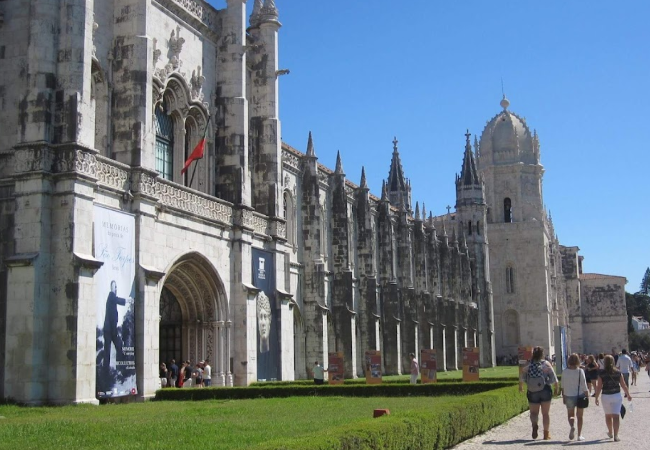
The Age of Discovery began in Portugal.
Hundreds of exploratory missions throughout the world began in Lisbon, so it only makes sense that travelers from all over the world should come here to witness where it all began.
A monument honoring the world's explorers, many of whom were Portuguese, has been constructed on the Tagus River's bank.
It's a bit out of the way from the city center, but it should be on your list of Lisbon attractions to visit, especially because there are so many other outstanding Lisbon attractions nearby, such as Belem Tower and Jeronimos Monastery.
The Museu de Marinha, situated inside Jeronimos Monastery, gives an outstanding picture of the age of discovery, with exhibitions of model ships and historical items.

















